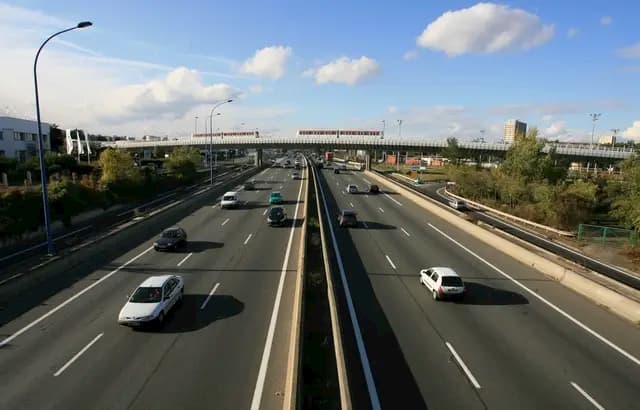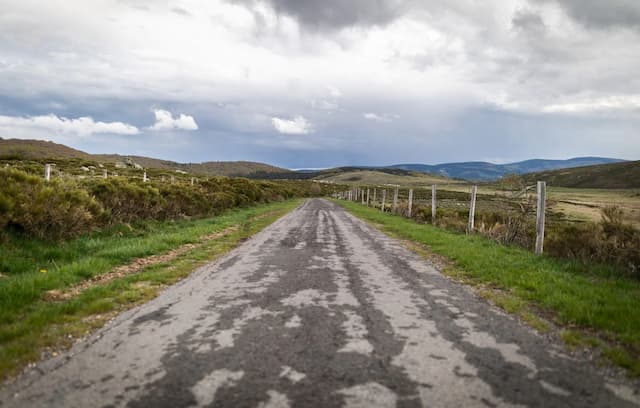Deconfinement in Toulouse: After a Break for our Lungs, Does Pollution Start Again?

AIR: After a sharp drop in nitrogen dioxide concentrations from the start of containment, rates started to rise again in Toulouse, but not as before
- The confinement period made it possible to see the levels of nitrogen dioxide, a pollutant, drop around the highways.
- With the deconfinement, the levels started to rise again, in particular in Toulouse compared to Montpellier.
- But according to the Air Quality Observatory, these levels remain 30% lower than those before the health crisis.
For two months, the chirping of the birds replaced the background noise of the Toulouse ring road and its lot of gas from the exhaust pipes. To the point that nitrogen dioxide pollution had dropped by 61% along the highways of the Pink City during the containment period.
But for more than a fortnight, the ring road has found its incessant ballet of cars to the rhythm of the economic recovery. “But we remain below the pre-containment levels if we kept them that way it would be good because it is 32% less on average in the region”, notes Dominique Tilak, director of Atmo Occitanie, the observatory regional air quality. While the fall in pollution had been sudden and rapid, the rise did not follow the same movement.
▶️[#Covid19] comment va la #qualitéair en Occitanie depuis le déconfinement ? une nouvelle analyse @Atmo_oc 📰https://t.co/GYqfmaku6N pic.twitter.com/NWAl97iwvn
— Atmo OCCITANIE (@Atmo_oc) May 27, 2020
If it has not returned to its pre-crisis level in Occitanie, it is in Toulouse, near its main roads, that pollution has been the highest in the last two weeks. Dioxide levels have increased by more than 70% compared to the confinement period when this figure was 32% in Montpellier.
“This means that the resumption of activity is not the same in the two metropolises. There is always more traffic in Toulouse, which has double the population, but there we don’t have traffic jams either, and teleworking continues to be important, ”says Dominique Tilak.
While background nitrogen dioxide pollution followed the downward oscillations of economic activity, that of fine particles remained at a high level. At the start of confinement, because it was cold and the heaters were still running at full speed. Then, because people started gardening to tend and burn their plants. Not to mention the role of particles from elsewhere, be it desert sand or agricultural spreading from northern France.
Lower ozone concentrations
Still, our lungs will still have benefited from this period. Thanks to the decline in road traffic and nitrogen dioxide, but also ozone. “On the weekly analyzes we saw nothing, but over the entire period, we see a reduction compared to the average of the last three years. It is not a pollutant directly emitted by human activities but comes from the transformation of pollutants present in the atmosphere, influenced by sunshine and temperatures. Its concentrations have dropped by 8%, ”notes the director of the Air Observatory. This does not exclude ending up in a few days with ozone spikes. Air quality was thus fairly average this Wednesday over the whole of Occitania.
Figures far from trivial when we know that each year air pollution prematurely kills 48,000 people in France.
Enjoyed this? Get the week’s top France stories
One email every Sunday. Unsubscribe anytime.


